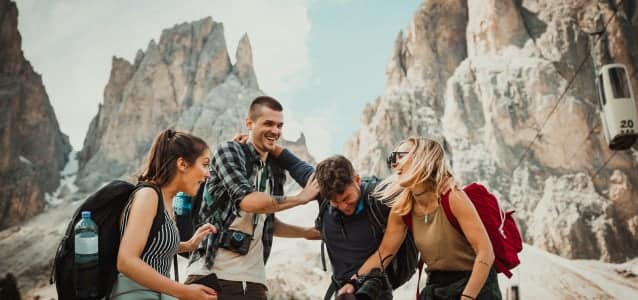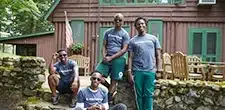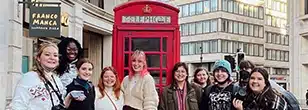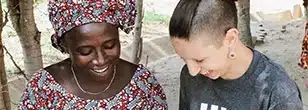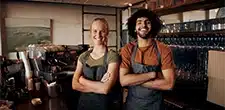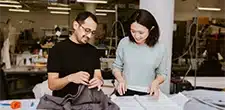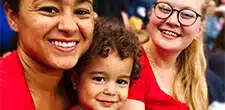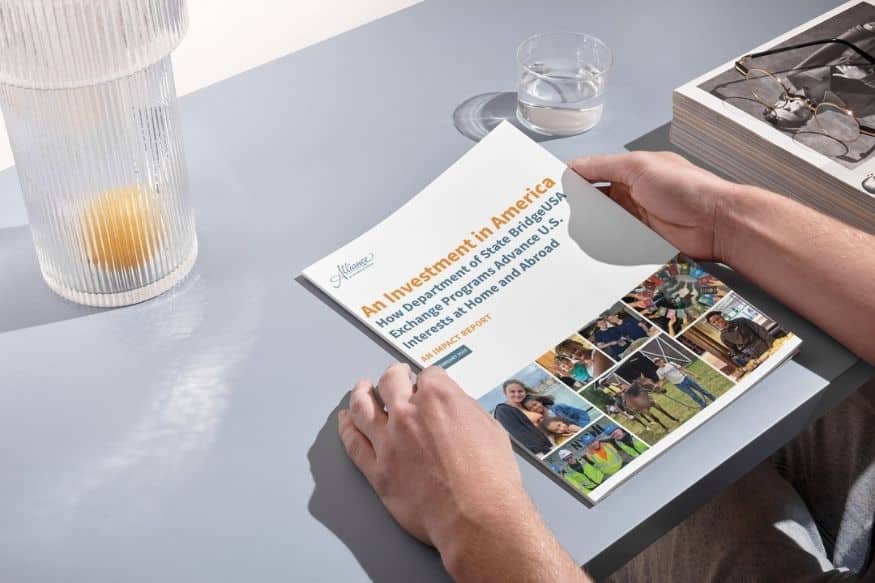Disclaimer: The opinions in this post are my own and don’t necessarily represent Partners in Health’s positions or opinions.
Tuberculosis (TB) is a marker of health inequity that disproportionately affects vulnerable populations across the globe. Peru has one of the highest reported TB incidence rates in the Americas, second to Haiti, with 123 cases per 100,000 people in 2018 (per the World Health Organization’s Global TB Report 2019). The magnitude of this disparity has ballooned in the overcrowded, impoverished neighborhoods of northern Lima (Lima Norte). The unventilated, crowded, and humid homes in these areas (I’ll get more into this humidity in a bit) promotes the transmission of TB bacteria (Barun et al., 2017).
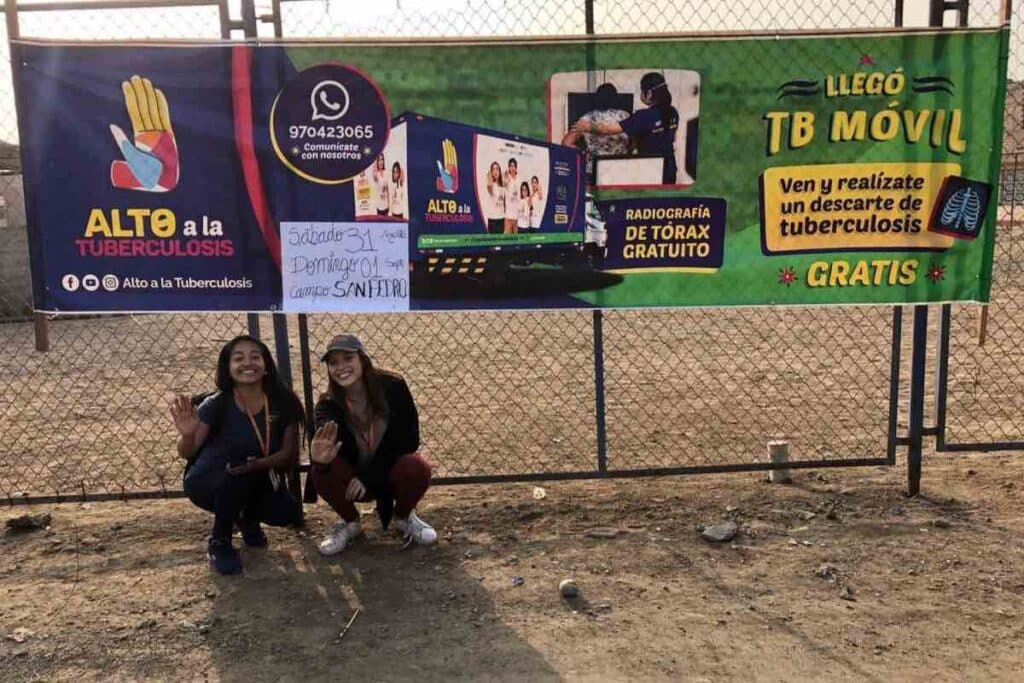
Image courtesy of Gabriela Pages
In addition, according to the Pan American Health Organization, Peru had the highest number of multi-drug resistant cases of tuberculosis (MDR-TB) in the western hemisphere, accounting for 30.9% of all cases in the region, in 2017. The World Health Organization states that a delay in diagnosis is one of the major problems with this form of TB. Experts also agree that the key to addressing this growing epidemic is universal access to drug susceptibility testing (DST). With all this being said, what better way to treat this growing epidemic than to bring advanced, rapid screening technology to hard-to-reach communities with high reported TB rates?
In February of 2019, Socios en Salud (SES)—a subsidiary of Partners in Health (an NGO bringing health care to marginalized communities)—launched “TB Móvil”, a mobile tuberculosis screening vehicle in Carabayllo, a district in Lima Norte. This area has long, established ties to SES since the 1990s. The movement for global access to treatment for MDR-TB, a disease that was once considered a death sentence, can be traced to this shantytown outside of Lima. More than twenty years later, TB Móvil began operating in Carabayllo, honoring the historic relationship between the district and the foundation of SES.
How does TB Móvil work?
TB Móvil is equipped with a state-of-the-art machine learning technology called Computer-Aided Detection for Tuberculosis, or CAD4TB. This machine is able to predict the probability that a person has TB disease in just 10-15 minutes.
This approach allows for costly TB diagnostic tests to be solely used in suspected cases. If suspected of having TB, participants complete a sputum test, which is then sent to the SES lab to be analyzed by GeneXpert. GeneXpert is an automated rapid diagnostic test that can identify mycobacterium tuberculosis DNA and resistance to rifampicin (a common first-line TB drug). This test has proved to have a higher sensitivity rate than other mechanisms used in nearby community health centers (CHCs). By using these mechanisms, TB Móvil is able to provide results in just 24-48 hours.
If a TB Móvil participant screens positive for TB, they are referred to their local health center to immediately start treatment. Best part of all, TB Móvil is completely free for community members!
The overarching goal of this project is to screen 100,000 individuals living in the districts of Carabayllo, Comas, and Independencia, who otherwise would not have access to timely screening and drug susceptibility testing, within walking distance of their homes.
My Role with TB Móvil
There are two vehicles that make up the TB Móvil project. One screens individuals in Carabayllo, and the other runs in Comas, another nearby Lima Norte district with similarly high rates of TB. Having launched in May, the Comas vehicle is newer and needed more assistance upon my arrival in August 2019. So far, my role has been primarily to assist with community engagement in this district. There are plans in December for this vehicle to begin working in another nearby district called Independencia, so my role will evolve to rolling out the campaign in this new district.
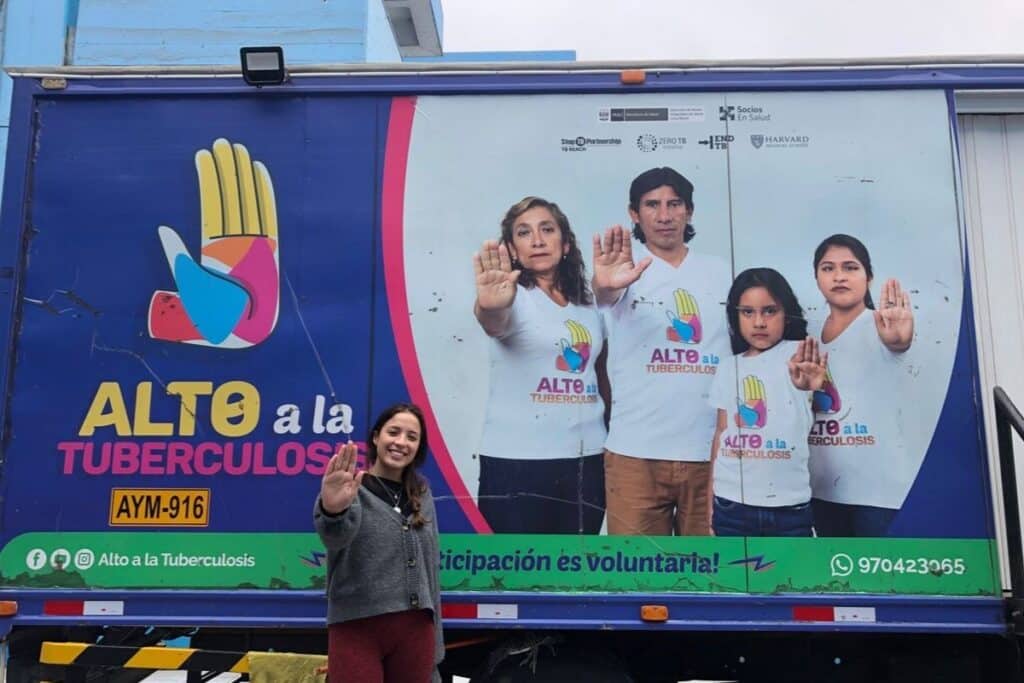
Image courtesy of Gabriela Pages
My activities have ranged from conducting informal interviews with community members, mapping points for where the vehicle has gone and will go, finding new points on the field, analyzing the demographics of the project participants, and coming up with new strategies to engage the community in the campaign.
The two vehicles go to all types of community spaces, from local food kitchens to schools, churches, and fields. The locations of these points also coincide with zones in Comas and Carabayllo that have higher reported rates of TB.
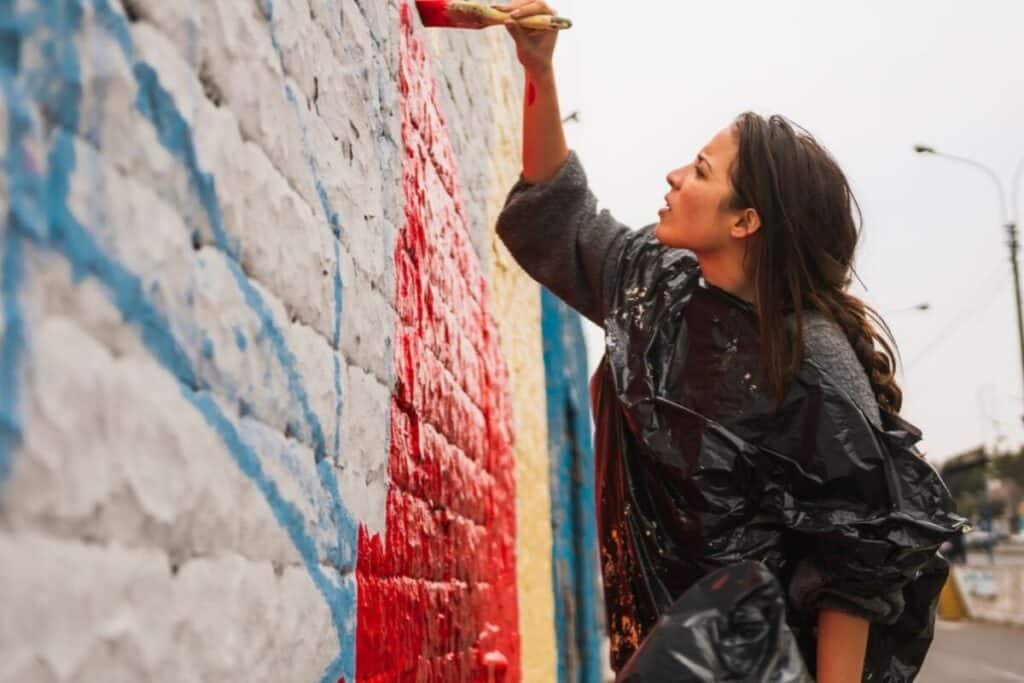
Image courtesy of Gabriela Pages
My days are typically split between working in the field in Comas, which involves a hefty two-hour commute, and working in the SES office, located in Lima’s central historic district. I often get to engage in exciting meetings with community leaders and stakeholders. Just last week, our team met with the mayor of Comas to discuss the importance of the vehicle in his district and ask for his support in the mission. Another awesome part about the project is that TB Móvil reaches a new point every day, a strategy that allows for me to move all over the areas of Carabayllo and Comas and grow very familiar with the districts and its hidden spots.
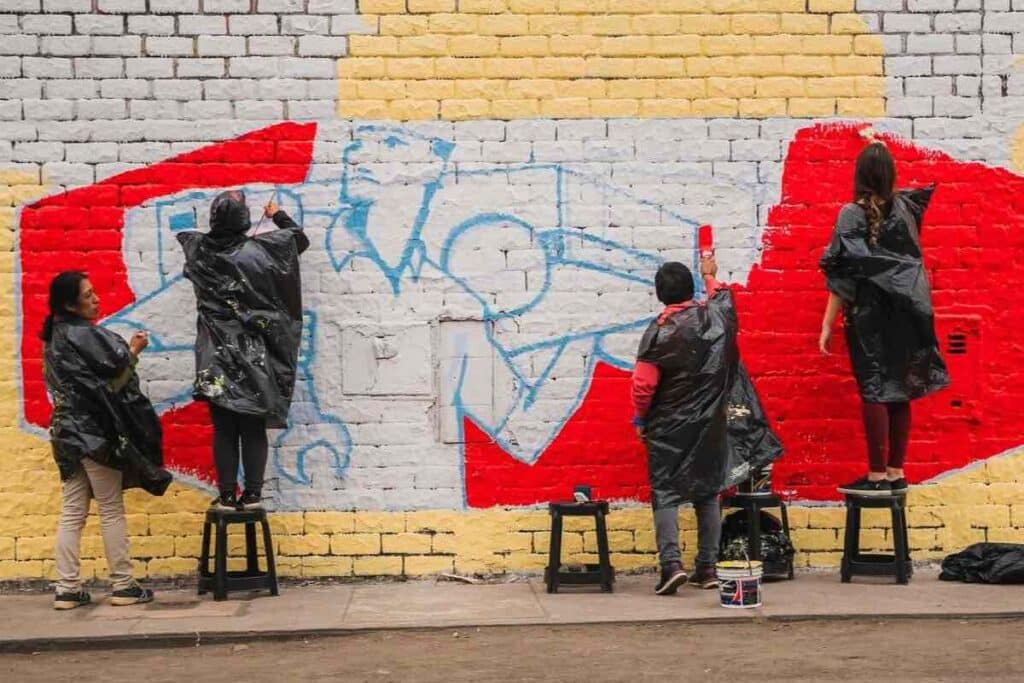
Image courtesy of Gabriela Pages
TB Móvil Impact and My Goals as a Volunteer
I’m humbled by the opportunity to contribute to such a concretely impactful project. In just six months, TB Móvil has performed more than 22,000 chest x-rays and identified more than 100 individuals with TB that have started timely treatment (cases that would have most likely gone undetected otherwise).
As per my goals for the year, I want to develop innovative strategies to further engage the community in this work and achieve equal screening rates among all demographics. I want to work to find strategies and solutions to fill these gaps. I’m also motivated to help recruit individuals to meet the project’s 100,000-person-screening goal.
I want to empower the community to feel involved in the greater mission of the vehicle and in the fight for the right to health. On site, you often hear “Alto a la TB” (Stop TB) and “End TB” being shouted as empowerment phrases. I want these phrases to become recognized in every household throughout the three districts, bringing more awareness to this amazing project and SES. Lastly, I want to fully integrate myself with the SES staff and bring a positive, open, and encouraging attitude.
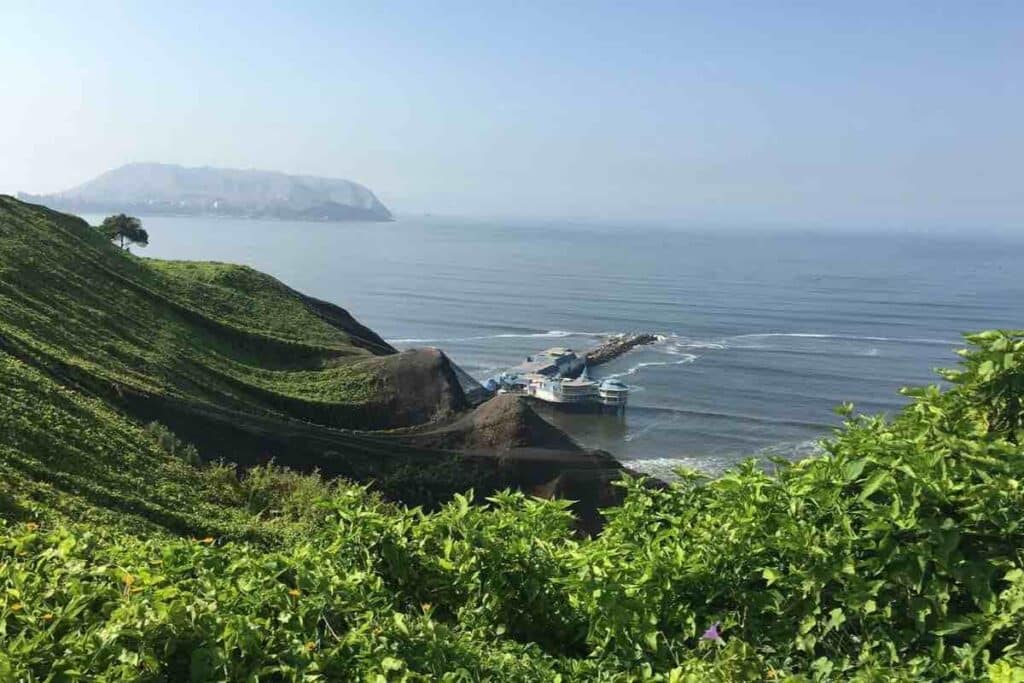
Image courtesy of Unsplash
Lima is a magical city. I find myself getting lost staring at the way the sky and the ocean become one at the horizon, often making it feel like the end of the world. Coming from Miami Beach, I am grateful to work in a city that is on the water, a feature that very much reminds me of home, providing for a familiar yet new take on living near the ocean.
The weather here is definitely something that I have never experienced before. Lima’s proximity to the ocean and the fact that it is locked in by surrounding mountains makes for a thick fog that consumes the city. Most of the year, Lima’s weather is overcast (hence the title of this blog post) and extremely humid. It also almost never rains, ever.
So far, my experience in the field has increased my overall understanding of and appreciation for Peruvian culture. It’s different than the Latin American cultures I know and have embodied since birth (Colombian and Cuban). I’m very excited for the year to come, to gain more experience, and to learn each and every day from my Peruvian colleagues. It can be a bit intimidating to jump right into an existing project but I’m lucky to have had strategic guidance from my supervisor, another very knowledgeable volunteer on the project, and everyone else on the team. I also feel very lucky to work with an organization that so fundamentally aligns with my views, and has shaped a great part of the way that I see the world today.
La salud es un derecho! (Health is a right!)

